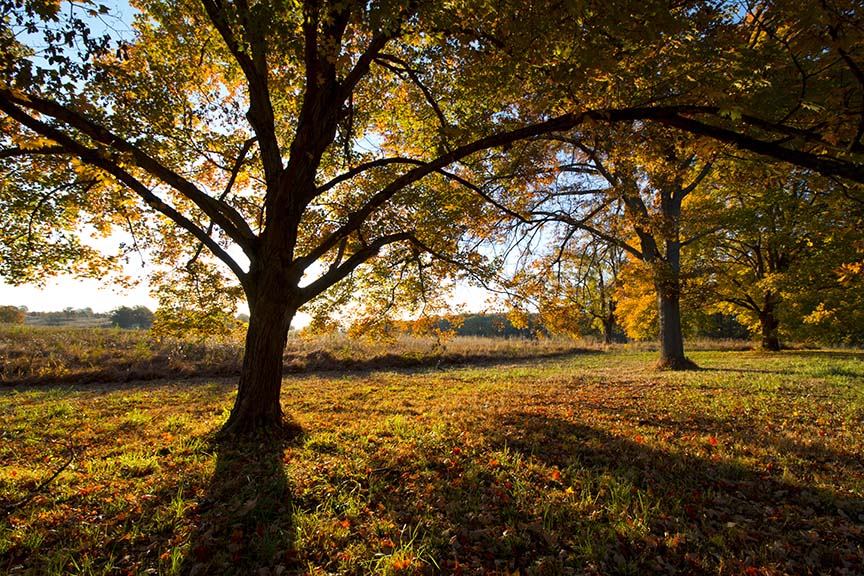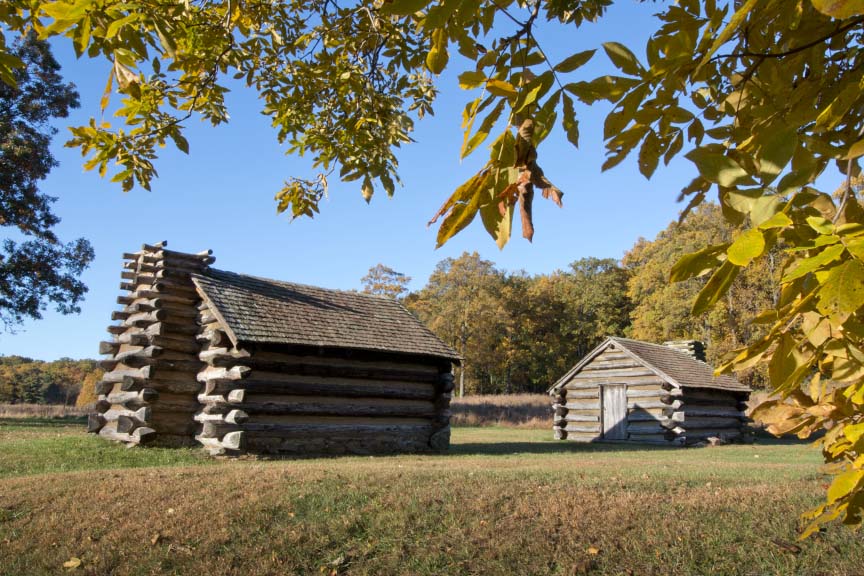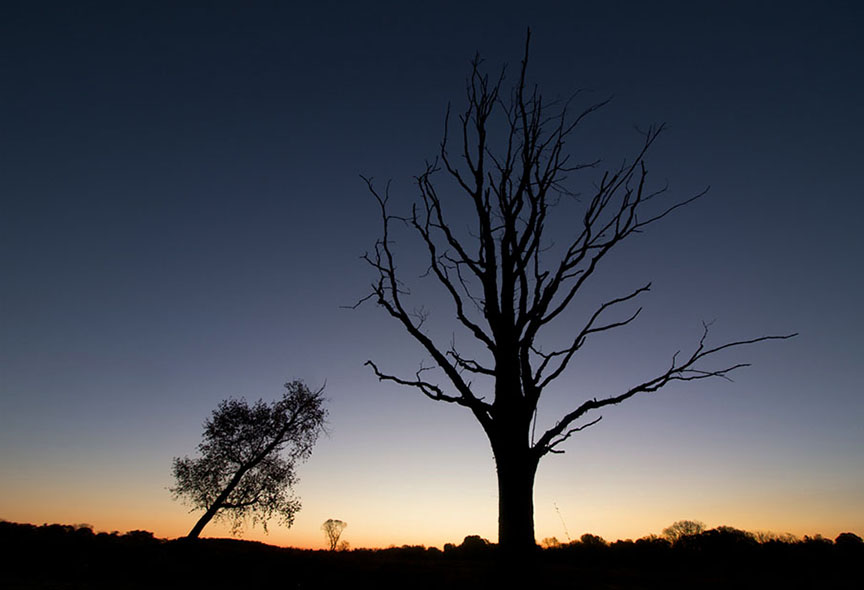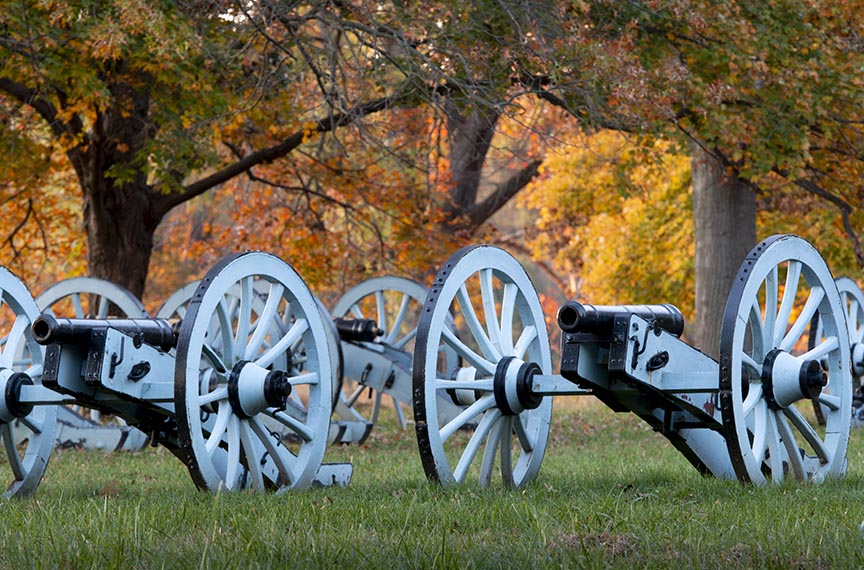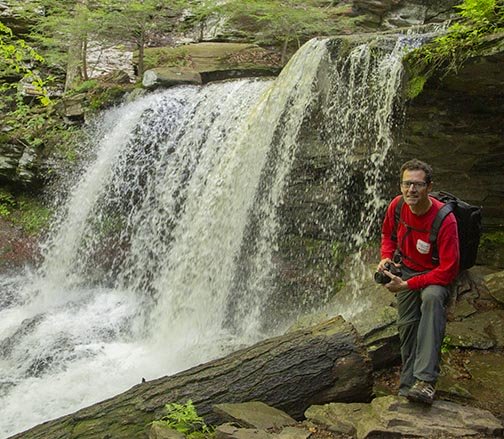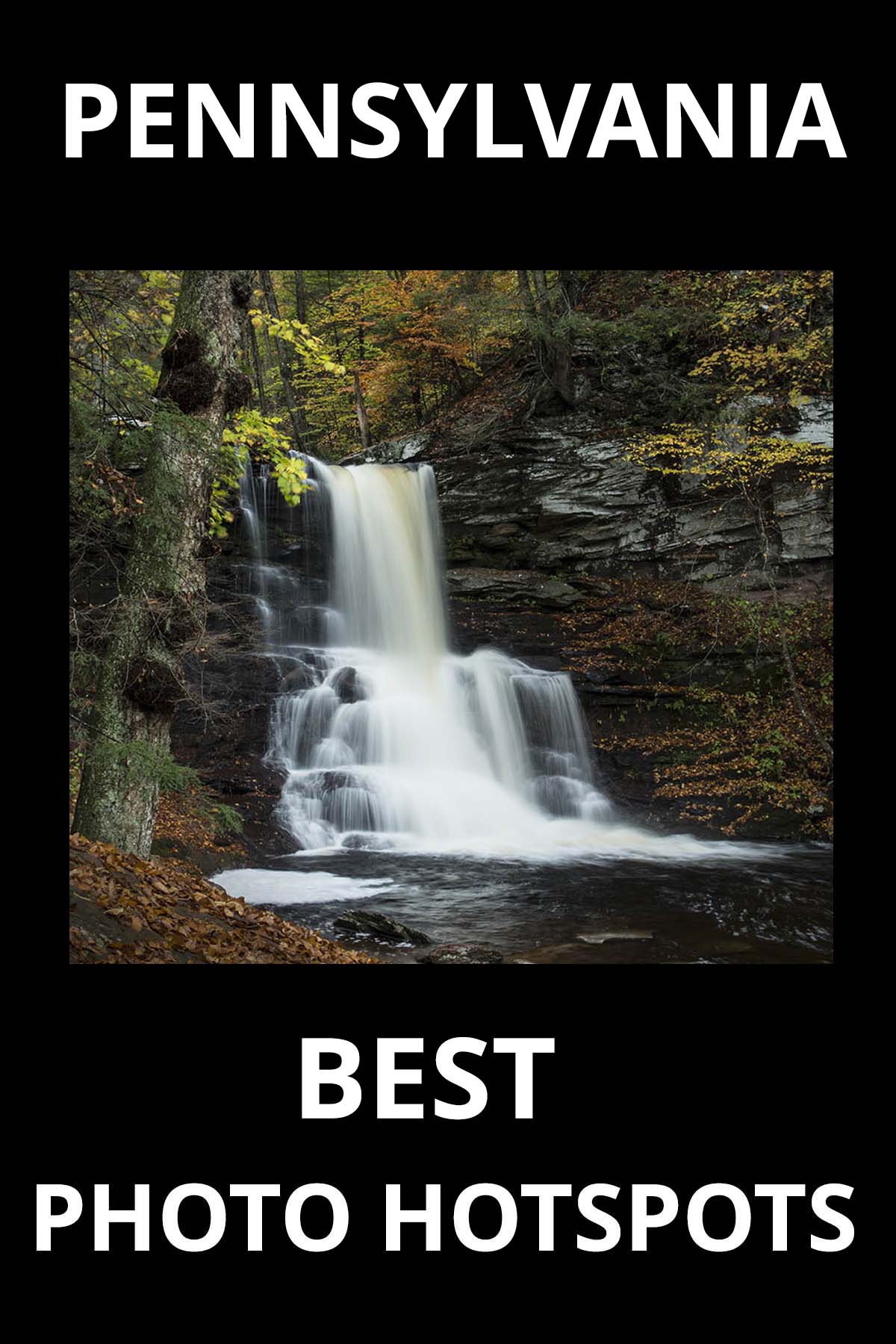Beyond Battlefield Photos: Unveiling the Hidden Beauty of Valley Forge
WRITTEN BY: BRUCE LOVELACE
UPDATED ON: June 2, 2024
Valley Forge National Park appeals not just history buffs, but also photographers seeking to capture the spirit of a bygone era. From the breathtaking rolling hills steeped in legend to the weathered monuments bathed in golden light, Valley Forge offers a tapestry of landscapes waiting to be translated into timeless photographs.
Join me and relive my photographic journey through Valley Forge National Park. Together we can critique the images and learn how to improve the composition techniques.
The rural terrain gives the photo enthusiast plenty of fuel to light his or her creative fire and shoot the natural world, like the fall scene below.
Mastering Composition at Valley Forge National Park
There is a nice variety of subject matter to photograph at Valley Forge National Park, so the only other two elements to worry about are using good compositional techniques when the lighting is right.
1. In the Fall Foliage photo composition above I positioned myself so that the harsh bright sun was behind the tree and did not create any lens flare. I positioned the tree about 1/3 of the way into the frame (the rule of thirds) from the left edge of the photo. The diagonal angle of the shadows leads your eye into the photograph. The yellow of the leaves and blue of the sky are across from each other in the color wheel and provide a perfect contrast.
In the photo of the log cabins below, I used a super wide angle zoom, a Canon EF-S 10-18mm lens to get a perspective that included both the sun-drenched yellow leaves, the cabins, and the grass in the foreground in the photo.
2. The main compositional technique used in the Valley Forge Log Cabins photo above is framing. I framed in the two structures with the other elements in the foreground, the tree leaves and the grass, which puts the visual emphasis on the main subject of this photograph, the cabins. The is the second example where the two different colors compliment each other.
Alternatively, wintertime photos of Valley Forge engages my interest to capture a world void of the traditional abundant green leaves and photograph different subjects, but no less beautiful. I was intrigued by the juxtaposition of the 3 unique trees below.
3. I positioned the camera so that the smallest tree on the horizon in the distance was situated between the two larger trees that were closer to my position. The medium-sized tree adds a diagonal, and coupled with the largest tree, frame in the smalles tree and balance out the composition.
4. This photo of the Cannons is all about contrasts. The blue-toned cannons contrast with the yellow and orange foliage. The straight lines of the tree trunks and branches contrast with the round shapes of the wheels. The photo has 3 main areas with the grass, the Cannons, and the foliage. Generally speaking, it's often a good idea to include 3 areas or 3 objects in your composition.
Unknown facts about Valley Forge
CAUSE OF DEATHS. Shockingly, most soldiers perished at Valley Forge from disease and malnutrition, rather than combat. There was never a battle at Valley Forge. The most common killers were influenza, typhus, typhoid and dysentery. Nearly 2,000 American soldiers died during the winter of 1777-1778.
PURPOSE. Valley Forge wasn't just a military camp, it also served as a makeshift hospital and a training ground for future leaders like Henry Knox and Anthony Wayne.
SINGLE BATTLE? The encampment at Valley Forge didn't participate in a single, decisive battle, but rather a harsh winter spent training and regrouping after several Continental Army defeats.
TURNING POINT. Historians believe that a crucial turning point in the war came from intelligence gathered by a spy ring operating out of Valley Forge, providing valuable information about British troop movements.
Despite the harsh conditions and dwindling supplies, the Continental Army under General George Washington emerged from Valley Forge better trained, more disciplined, and with a strengthened sense of unity.
Moving on to the next to last photograph that I'm posting from my photo excursion to this historic site, the image below is the type of image that camera geeks like me like to take. Agreed, it's not an award winner. It won't go viral on Pinterest and there may be a few readers that question its relevancy, but it's a photo that I had fun taking.
 #5 Log Cabin Window Composition
#5 Log Cabin Window CompositionI liked the interaction between the different vertical and horizontal lines when I came across this cabin at the park. It borders on abstract. I liked the contrast in the different textures between the logs, the chimney the roof and the view through the opposing window.
The historic landscapes, structures, objects, and archeological and natural resources at Valley Forge give us a visual connection to one of the most defining events in our nation's history. It was in Valley Forge that the Continental Army, under Washington's leadership, emerged as a coordinated and disciplined fighting force. This national park experience is fundamental to both American history and American myth, and remains a source of inspiration for photographers and history buffs.
Less than 3 hours away is another historical travel location with lots of photo opportunities. See my post about a photo excursion to Harpers Ferry.

Bruce Lovelace is the publisher of TravelingPhotographer.com. Bruce shot portraits full time for over 35 years. Now he shoots more travel photography. Read more about him on the About Page. He also publishes how to articles and camera gear reviews at the Photography Tips and Canon Geek websites.
The Traveling Photographer Location on Google My Business
When the sun is bright and lower in the sky, you've got opportunities to use shadows as significant elements in any location. That include chances to get creative with shadow selfie photos at various location throughout Valley Forge.
I composed this photo by standing near one of the log cabins at Valley Forge. I used my camera's self-timer with my camera mounted to my tripod and slung on my shoulder horizontally to take this selfie before my travels ended.
